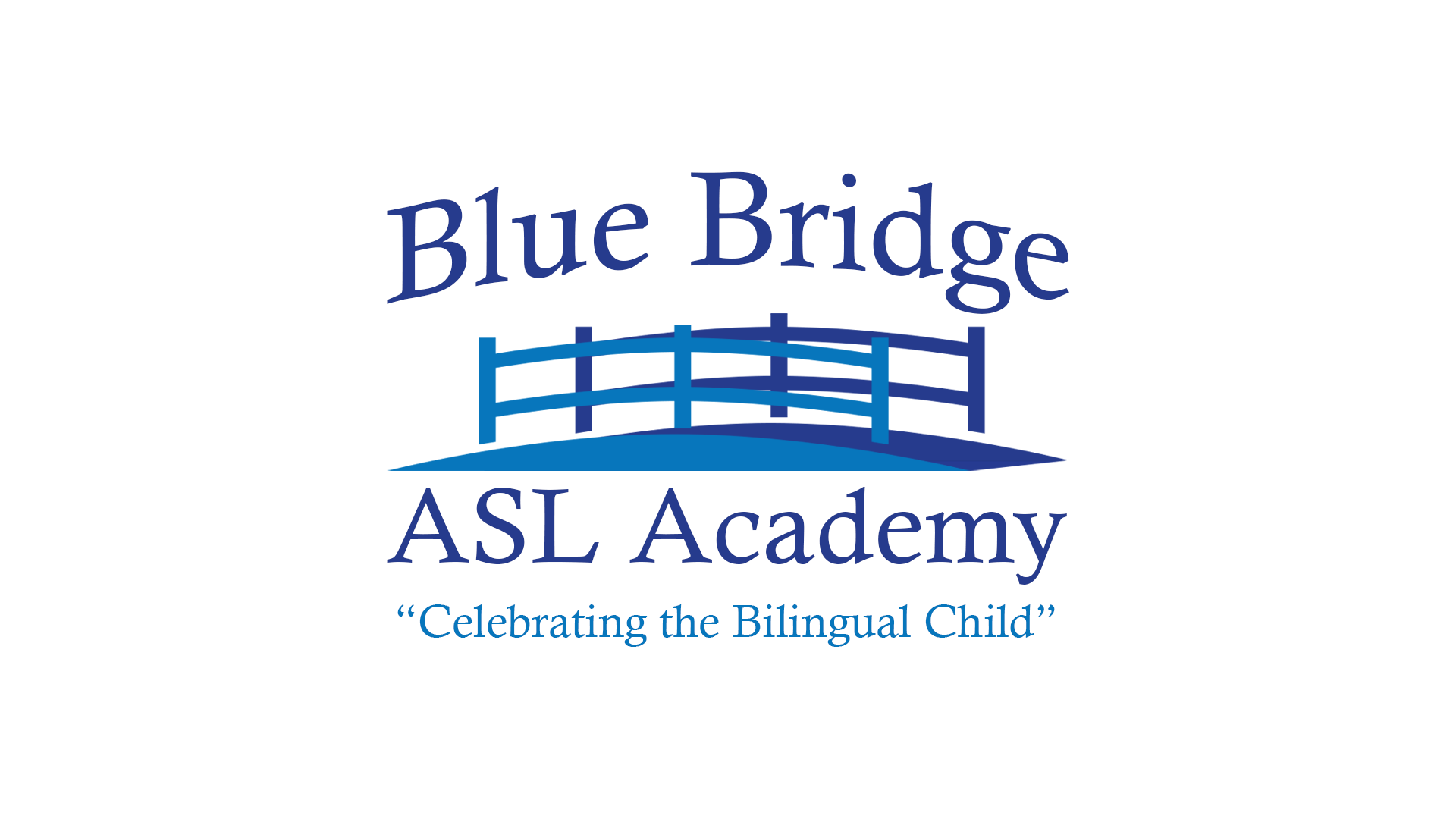
American Sign Language
& English: Bilingual Acquisition
Our founding mission at Blue Bridge ASL Academy is deliver bilingual language acquisition in early childhood, as supported by science and as demonstrated in our bilingual babies! From infancy through pre-K, we dedicate state-of-the-art tools and professionals to language acquisition and literacy in both American Sign Language (ASL) and English. This is available to all little ones, including hearing children and Deaf children alike.
“One language sets you in a corridor for life.
Two languages open every door along the way.”
The science is in! A bilingual model of early childhood language acquisition sets kids up for a lifetime of success. Find a few key studies below, and contact our team of trusted industry professionals if you have any lingering questions.
Early exposure to sign language equates to a a faster acquisition of speech, followed by a lifetime of higher reading, writing, and verbal skills.
Students with exposure to ASL achieve an average of 17% higher on standardized testing.
Early exposure to multiple communication pathways allows for stronger multi-linguistic skills even into adulthood.
Sign language fosters a multitude of learning styles, including kinesthetic, and reinforces both motor and social skills.

The Blue Bridge Model:
Storytime
Our educators provide two ASL-English bilingual story-times per day for each class, making language-learning accessible, engaging, and exciting for each age group.
Reinforcements
The Blue Bridge model focuses on language acquisition through kinesthetic, visual, and motor models, which reinforce both English and ASL to more comprehensive language development. For example, your child’s teacher might say aloud “red firetruck”, while also signing “red firetruck”, and finally pointing to a toy red firetruck.
Immersive Communication
Each classroom of Blue Bridge babies are cared for by two teachers: one Deaf, and one hearing, and are surrounded by children of all sorts of language backgrounds. This immersive, consistent, loving culture of exposure empowers children’s sense of identity, and also expedites language acquisition.


